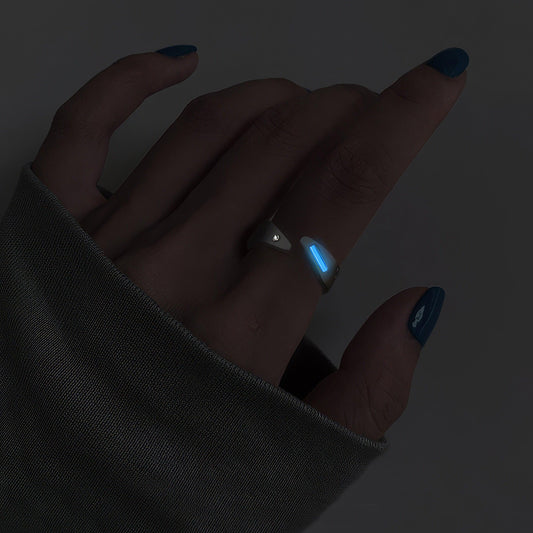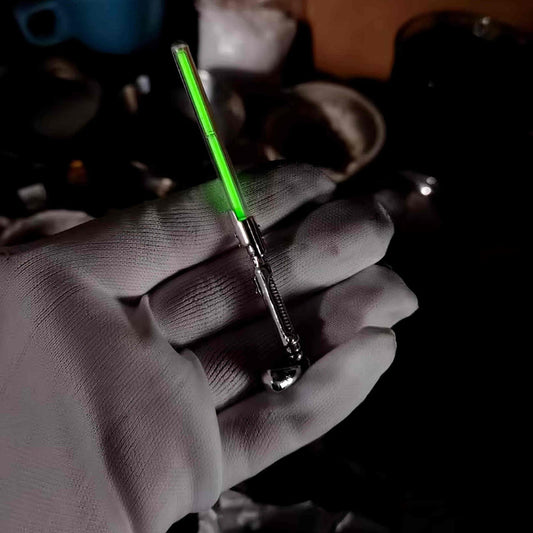The Meaning Behind Which Finger You Wear a Ring On
The Meaning Behind Which Finger You Wear a Ring On
Growing up, I was fascinated by my grandmother’s hands. Her fingers seemed to tell a story, each adorned with rings that captured my imagination. She had a modest gold band on her left ring finger—a symbol, I would later learn, of her enduring love and marriage. But what intrigued me more were the other rings she wore, each on a different finger, each with its own story.
In Western culture, the finger on which you choose to wear a ring can indeed convey a message. The left ring finger, of course, is widely recognized as the “wedding ring” finger, thanks to the ancient belief stemming from the Romans that a vein ran directly from this finger to the heart. This romantic notion has persisted, making it the traditional choice for engagement and wedding rings.
Beyond that, cultural nuances shape the symbolism of rings on other fingers. Consider the pinky finger. Often associated with promises or family crests, a ring on this finger might suggest a pledge or connection to lineage. Historically, pinky rings were also popular among those in business or with a penchant for fashion statements. I remember my uncle, a lawyer, who always wore a signet ring on his pinky. It seemed to say, “I’m serious about my heritage—and style.”
The middle finger, being centrally located, might be less common for rings, but it offers a balance and simplicity that’s appealing. Wearing a ring here doesn’t have a strong cultural tie, which might be why some choose it for rings carrying personal significance—perhaps a graduation ring or something denoting personal achievement.
Then there's the forefinger, or index finger, historically associated with leadership and authority. In my younger days, I was obsessed with old movies where noblemen wore elaborate rings on their index fingers, bestowing a sense of power. It’s dramatic and confident, making it suitable for a statement piece.
The thumb, though unconventional, is gaining attention in modern fashion. In the past, a thumb ring might have been used to signify wealth or status, given the size and boldness needed to adorn such a digit. Today, thumb rings can convey a sense of individuality and boldness, perfect for someone unafraid to break tradition.
The reasons behind these choices can be deeply personal. My friend Sarah, a jewelry designer, told me once that she chooses her fingers like she chooses her moods. Some days call for a delicate band on her thumb, other days demand the solid presence of her grandmother’s vintage ring on her index finger. It’s not just about style; it’s an extension of how she feels or wants to be perceived.
So the next time you glance at the rings on your hand or someone else’s, pause to consider what story they might be telling. Whether it’s tradition, fashion, or a secret sentiment, the placement can be as meaningful as the ring itself. It’s like reading a subtle language, one that connects us to history, to culture, and to personal narratives, all at the tip of a finger.



























